
About TFD
Formed in 1880, the Tacoma Fire Department (TFD) has a long history and proud tradition of service to the greater Tacoma community. From volunteer bucket brigades and horse-drawn wagons to modern apparatus and service methods, TFD continues to evolve as a progressive and responsive public safety organization.
The City of Tacoma was incorporated in 1884. From its humble origins with fewer than 1,000 residents, it has grown to a population of over 225,000. TFD also provides contracted emergency response services to the cities of Fircrest and Fife, as well as Pierce County Fire District #10, serving an additional population of over 20,000.
Like many established communities, Tacoma features a mix of old and new. Recently constructed high-rise buildings in the downtown core contrast with century-old, single-family residential neighborhoods. The city’s economic base encompasses a diverse range of industries, including healthcare, education, retail, manufacturing, and the Port of Tacoma.
- Our Mission: To protect people, property, and the environment, and professionally and compassionately serve the community.
- Our Vision: To be a highly regarded organization of public servants dedicated to the community, the fire service, and one another.
- Our Guiding Principles: Integrity, Service, Excellence, Equity, Selflessness, Teamwork, Accountability, Relationships, Stewardship
Fire Stations
Staffing Resources
451 Commissioned Personnel
66 Non-Commissioned Personnel
517 Total Budgeted Positions
Deployment
17 Fire Stations
16 Engine Companies
4 Ladder Companies
5 Medic Companies (ambulance)
7 Basic Life Support Transport Companies (ambulance)
3 Battalion Chiefs
1 Safety Officer
1 Emergency Medical Services Supervisor
1 Fire Investigator
1 Technical Rescue Unit (cross-staffed)
1 Hazardous Materials Unit (cross-staffed)
2 Fireboats (cross-staffed)
Command Staff
-
Fire Chief
-
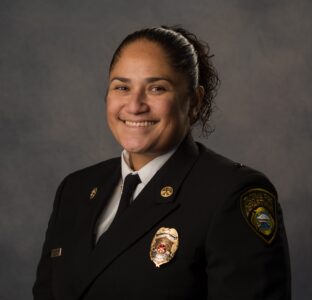 Fire Chief
Fire ChiefSionna Stallings-Ala'ilima
Sionna Stallings-Ala’ilima was appointed Fire Chief in April 2025.
She was previously appointed Assistant Chief in May 2022. She entered this role after serving as a Firefighter, Paramedic, Lieutenant, Captain, and Medical Services Officer.
She is currently responsible for staffing and logistics in the operations division and overseeing TFD’s fire communications dispatch center. Before this appointment, Sionna managed the operations of Emergency Medical Services, a task that presented many extraordinary challenges during the pandemic.
Sionna and her husband met while working for TFD and have been together for almost 12 years. She has an 8-year-old daughter and a large extended family, many of whom live in Tacoma and surrounding areas. She loves people, music, games, traveling, family time, and representing her family, Pacific Islanders, and women in a respectful, capable, and humble manner motivates her continued drive to serve.
Education
- Bachelor of Science in Biology, University of Washington
Professional Activities
- Seattle Fire Department – Executive Leadership Academy
- New Executive Chief Officer Course, National Fire Academy
- Comprehensive Life Resources – (Former) Board Member
- American Leadership Forum Senior Fellow
- Pacific Islander Health Board of Washington – Current Board Member
-
Deputy Chief, Operations Bureau
-
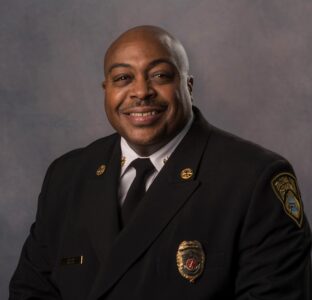 Deputy Chief, Operations Bureau
Deputy Chief, Operations BureauLee Law
Under the direction of the Fire Chief, the Deputy Chief assists the Fire Chief in managing, directing, and controlling the Operations Bureau of the Tacoma Fire Department. The position also assists the Fire Chief in formulating and implementing plans, policies, and objectives and prepares and manages the budget for the Operations Bureau.
-
Assistant Chief, Operations Bureau
-
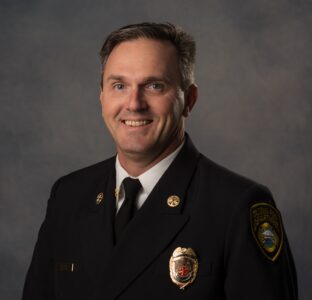 Assistant Chief, Operations Bureau
Assistant Chief, Operations BureauGil Barthe
Under the direction of the Operations Chief, the Assistant Chief manages, directs, and controls the Operations Bureau of the Tacoma Fire Department. The position also assists the Operations Chief in formulating and implementing plans, policies, and objectives for the division.
-
Assistant Chief, Operations Bureau
-
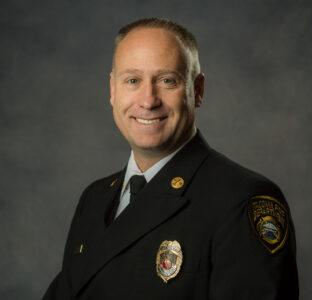 Assistant Chief, Operations Bureau
Assistant Chief, Operations BureauJosh Schlesner
Under the direction of the Operations Chief, the Assistant Chief manages, directs, and controls Emergency Medical Services for the Tacoma Fire Department. The position also assists the Operations Chief in formulating and implementing plans, policies, and objectives for the division.
-
Deputy Chief, Administration Bureau
-
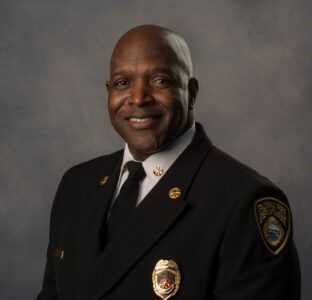 Deputy Chief, Administration Bureau
Deputy Chief, Administration BureauBruce Bouyer
Under the direction of the Fire Chief, the Deputy Chief assists the Fire Chief in managing, directing, and controlling the Administration Bureau of the Tacoma Fire Department. The position also assists the Fire Chief in formulating and implementing plans, policies, and objectives and prepares and manages the budget for the Administration Bureau.
-
Assistant Chief, Administration Bureau
-
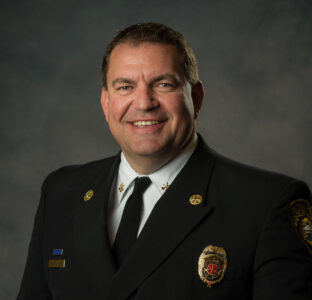 Assistant Chief, Administration Bureau
Assistant Chief, Administration BureauAlex Wilsie
Under the direction of the Administration Chief, the Assistant Chief manages, directs, and controls the Administration Bureau of the Tacoma Fire Department. The position also assists the Administration Chief in formulating and implementing plans, policies, and objectives for the division.
Contact
For emergencies, call 9-1-1